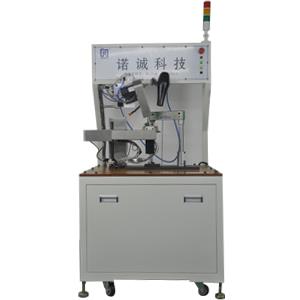Introduction of toy curling machine
Dongguan Nuocheng Automation Technology Co., Ltd. was established in 2015 years with a registered capital of 200 million. It is a company specializing in the research and development and sales of automation equipment in the toy industry.
After years of development, the company has become a benchmark enterprise in the hair transplant industry, and has in-depth cooperation with major toy giants.
The company has obtained 1 invention patents and multiple utility model patents, and the developed automatic hair transplanter has passed the high-tech product certification.
Based on the principle of "customer first, quality first", the company develops newer and better automation equipment for customers, improves customers' production efficiency, reduces production costs, and achieves a win-win goal.
In the process of turning a toy curling machine from a blank into a product, the total thickness of the metal layer cut off on a processing surface is called the total processing allowance of the surface. The thickness of the metal layer cut off in each process is called the processing allowance between processes. For rotating surfaces such as outer circles and holes, the machining allowance is considered in terms of diameter. The machining allowance of the plane is the one-sided allowance, which is equal to the thickness of the metal layer removed in practice. The purpose of leaving the processing allowance on the workpiece is to remove the processing errors and surface defects left by the previous process, such as the outer surface of the casting, the hard layer, the air hole, the sand layer, the scale, the decarburized layer, and the outer surface of the forging. , Internal stress layer and surface roughness after cutting. Thereby improving the accuracy and roughness of the workpiece. The size of the processing allowance has a greater impact on processing quality and output power. Excessive processing margins not only increase the labor of mechanical processing and reduce the yield, but also increase the consumption of materials, tools and electricity, and increase the processing costs. If the processing allowance is too small, it can not eliminate all kinds of defects and errors in the previous process, nor can it compensate for the clamping errors during processing in this process, resulting in waste products. The selection principle is to make the margin as small as possible on the premise of ensuring quality. Generally speaking, the more finishing, the smaller the process margin.


